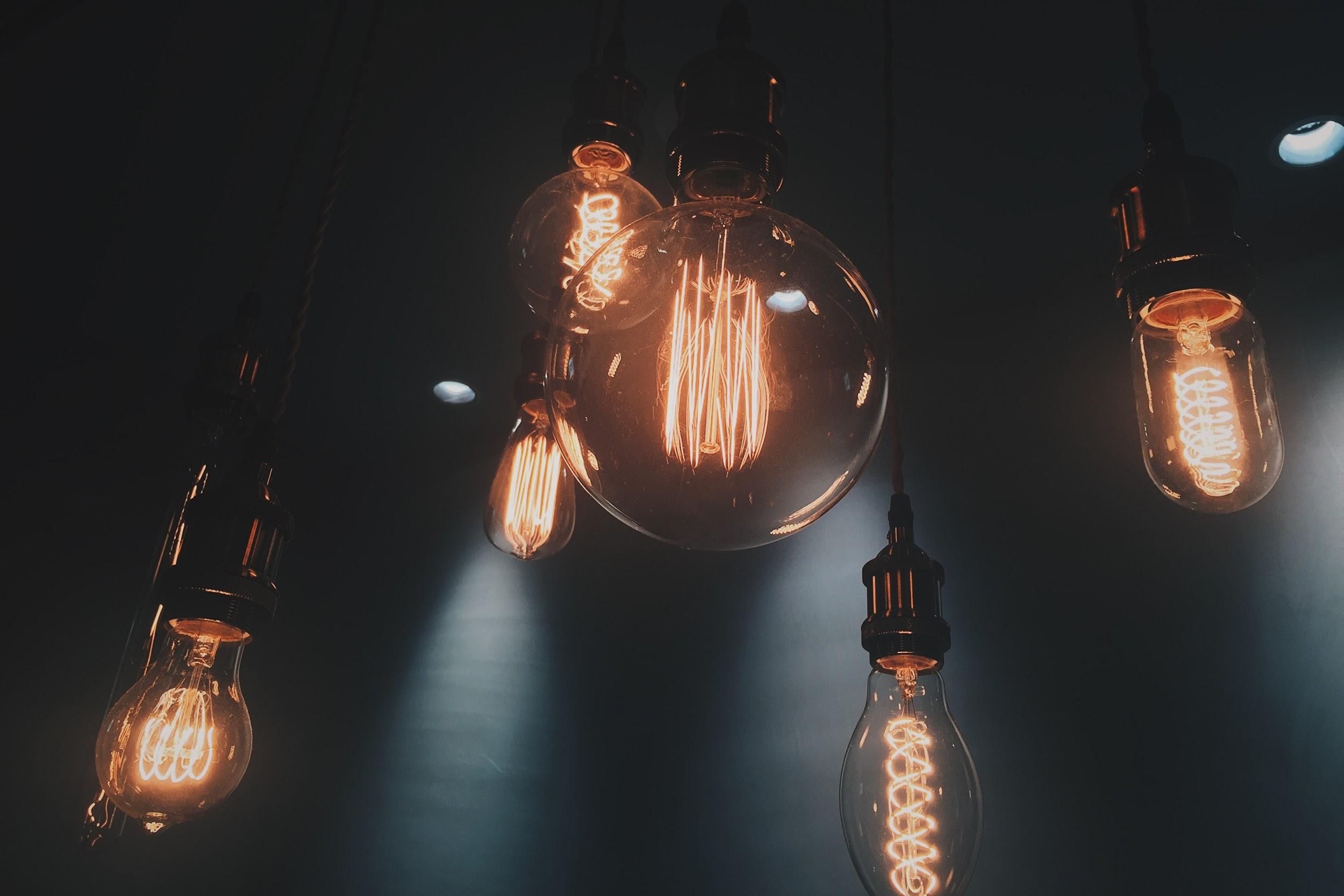There is no doubt that 2020 is a challenging time, with many families forced to tighten their belts and look at ways to cut costs. Your income may be lower, but the bills keep rolling in. Aside from your rent or mortgage, electricity is often one of the highest expenses. The good news is, you can influence the size of your electricity bill dramatically by choosing energy-efficient appliances.

Forget Cooking with Gas
If you are due for a kitchen overhaul, one of the smartest ways to reduce your energy bill is to purchase an induction cooktop. You will need to invest in induction cookware, but the savings on your energy bill every quarter will make it worth your while. Induction cooking is more efficient for two reasons. Firstly, with an induction cooktop, 85-90% of the heat generated is used for cooking, compared to around 65-70% for a gas or electric cooktop. Secondly, your food will cook faster because it reaches the right temperature efficiently and then maintains this temperature, meaning you don’t need to use power for as long.
Feel the Breeze
Most households find they have a spike in their electricity bill in summer because the air conditioners are pumping 24/7 to keep the family cool. But if you are living in a moderate climate, most days, a ceiling fan is sufficient to keep you and your family comfortable. For those sweltering days, try using your air conditioner to cool the house and then switching it off and letting your ceiling fans circulate the cold air rather than leaving the aircon running continually. Using the two appliances in tandem gives you the best of both worlds – a beautifully cool house without breaking the bank.
Save on Spins
Your clothes dryer is most likely one of the biggest electricity suckers in your house. Because dryers require energy to spin and produce heat, they typically use around 1800 to 5000 watts per cycle. If you have a sunny backyard or balcony, the best cost-saving option is to hang-dry your clothes. Hang drying is also much more gentle on fabrics, meaning that your clothes are likely to last longer. If drying your clothes naturally isn’t an option for you, try throwing a dry towel in with your load to speed up the overall drying time.
Keep it Cosy
When it comes to heating your house in the winter, the most energy-efficient option is a heat pump, also known as a reverse-cycle air-conditioner. These appliances are cost-efficient and low in greenhouse gas emissions compared to other options on the market. Gas heaters are also reasonably good, although if you make your selection based on the energy star rating, then an efficient reverse cycle air conditioner will perform better. To maximize the warmth of your home and minimize the cost, make sure you have proper insulation installed and seal any gaps with caulk or a good old-fashioned door snake (also known as a draught excluder).
Getting into Hot Water
After heating and cooling, the most significant energy drain in your life is most likely your water heater. On average, a water heater lasts for 10-15 years and becomes less efficient towards the end of its life. In order of efficiency, you should consider solar-boosted water heaters, then natural gas, followed by heat-pump systems. You should also look at how you can conserve water usage, which will be good for your water and electricity bills, not to mention the environment!
Try using these five examples to make a real dent in your power bill.
 2018 ·
2018 ·